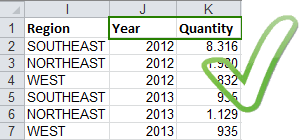Difference between revisions of "Excel Importing Guide/en"
(Importing a new version from external source) |
(Importing a new version from external source) |
||
| Line 25: | Line 25: | ||
| − | ''' | + | '''Fix/Remove Empty Rows/Columns''' |
Remove or Fix (by adding at least a header) to full empty rows and columns. | Remove or Fix (by adding at least a header) to full empty rows and columns. | ||
Revision as of 22:13, 20 January 2015
As instruções abaixo irão ajudá-lo a formatar corretamente seus arquivos Excel para importação no TaticView.
You can download a sample file here: Sales.xlsx
If you still have problems importing, try Importing Problems.
Headers
Headers are not mandatory, but if present they should be contained in just one row (the first one) and not be in merged cells.


Evite Múltiplas Tabelas
Only one table by spreadsheet can be imported. If the data in two different tables can not be joined, they must be imported as two separated data sources.
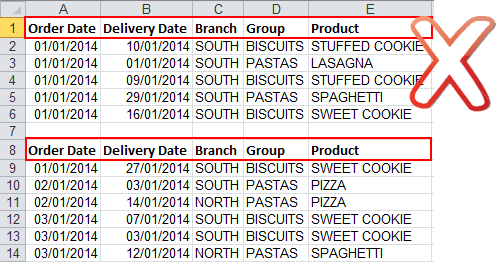
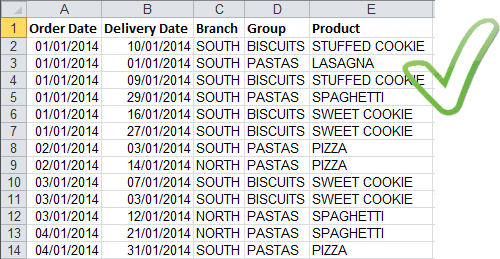
Fix/Remove Empty Rows/Columns
Remove or Fix (by adding at least a header) to full empty rows and columns.
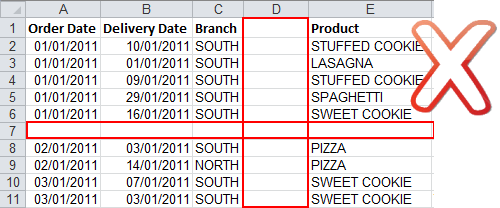
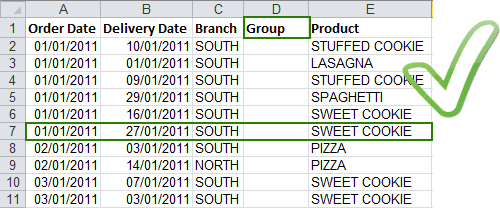
Remove Merged Cells
Data should not contain merged cells for repeated values. All cells must be unmerged and values must be repeated for each cell.
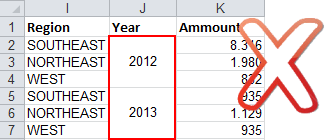
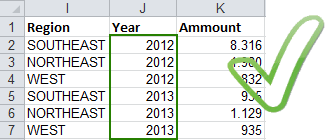
Remove Aggregate Rows
Files should not contain aggregation rows cells for repeated values. Delete that rows, as TaticView will make all necessary aggregations in run-time.


Remove All Table External Items
Files should only contain the data table to be imported. All non related data, as main headers, images, charts, must be removed prior to importing.


Check for Invalid Numeric Data
Numeric columns should be formatted in Excel prior to uploading the file. This can be done by using the “Convert to number” feature in Excel for all numeric fields. Value data fields can not contain text or symbols, as they cannot be aggregated. When data is not available, cells may be left blank or as zero (0).
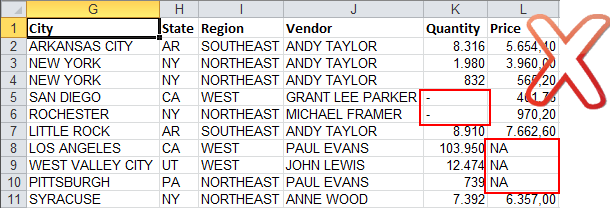
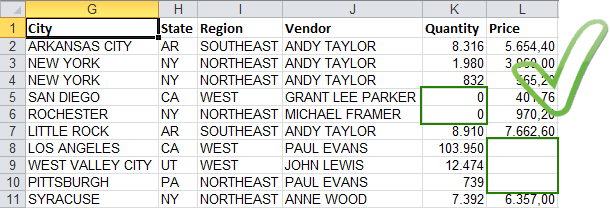
Normalize your Data
Normalization of data (where column headers can be converted into attribute values) will result in better analysis. To do this, first convert metric names to represent attribute values, and then consolidate all metric columns into a single column of data.

